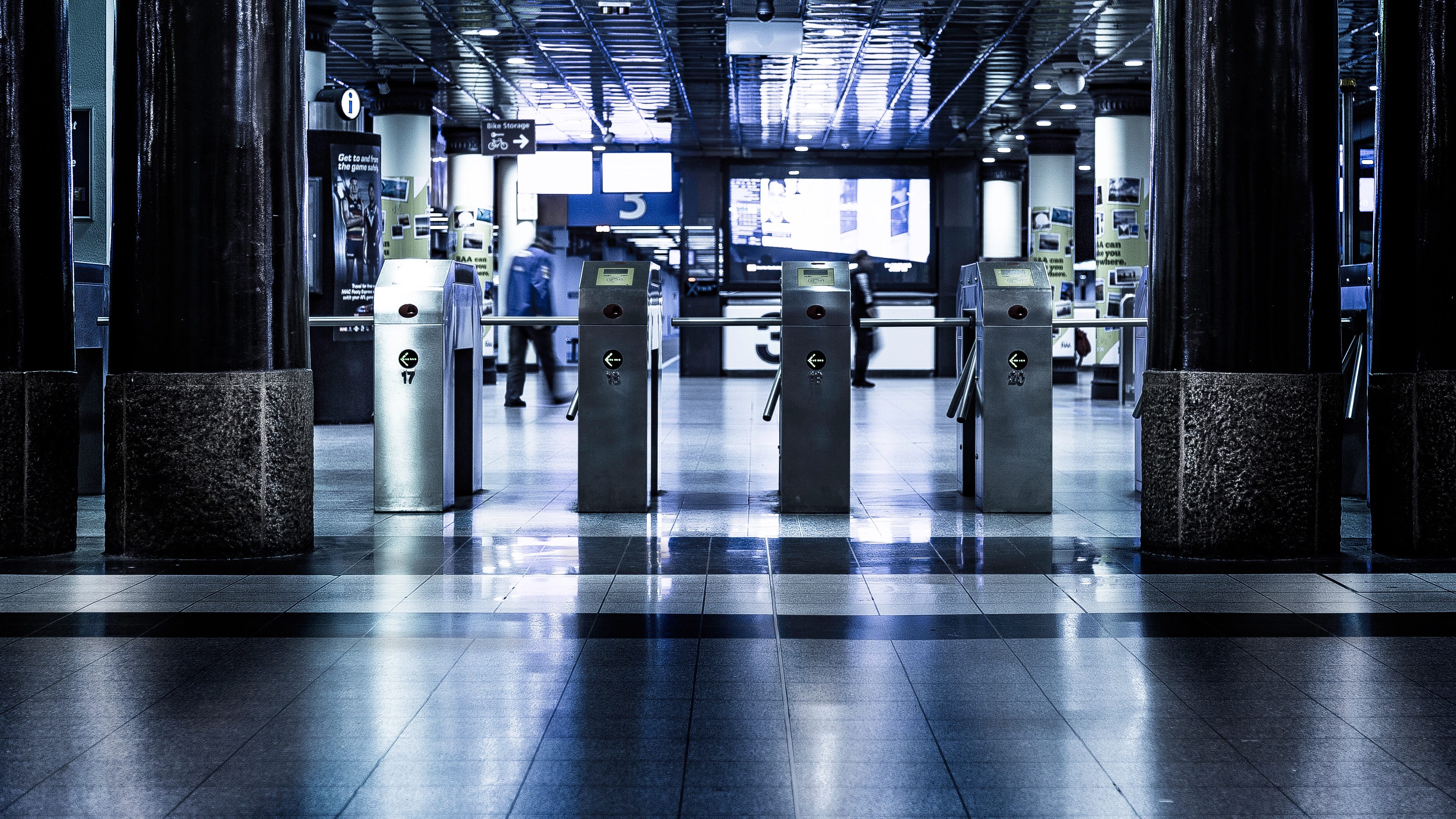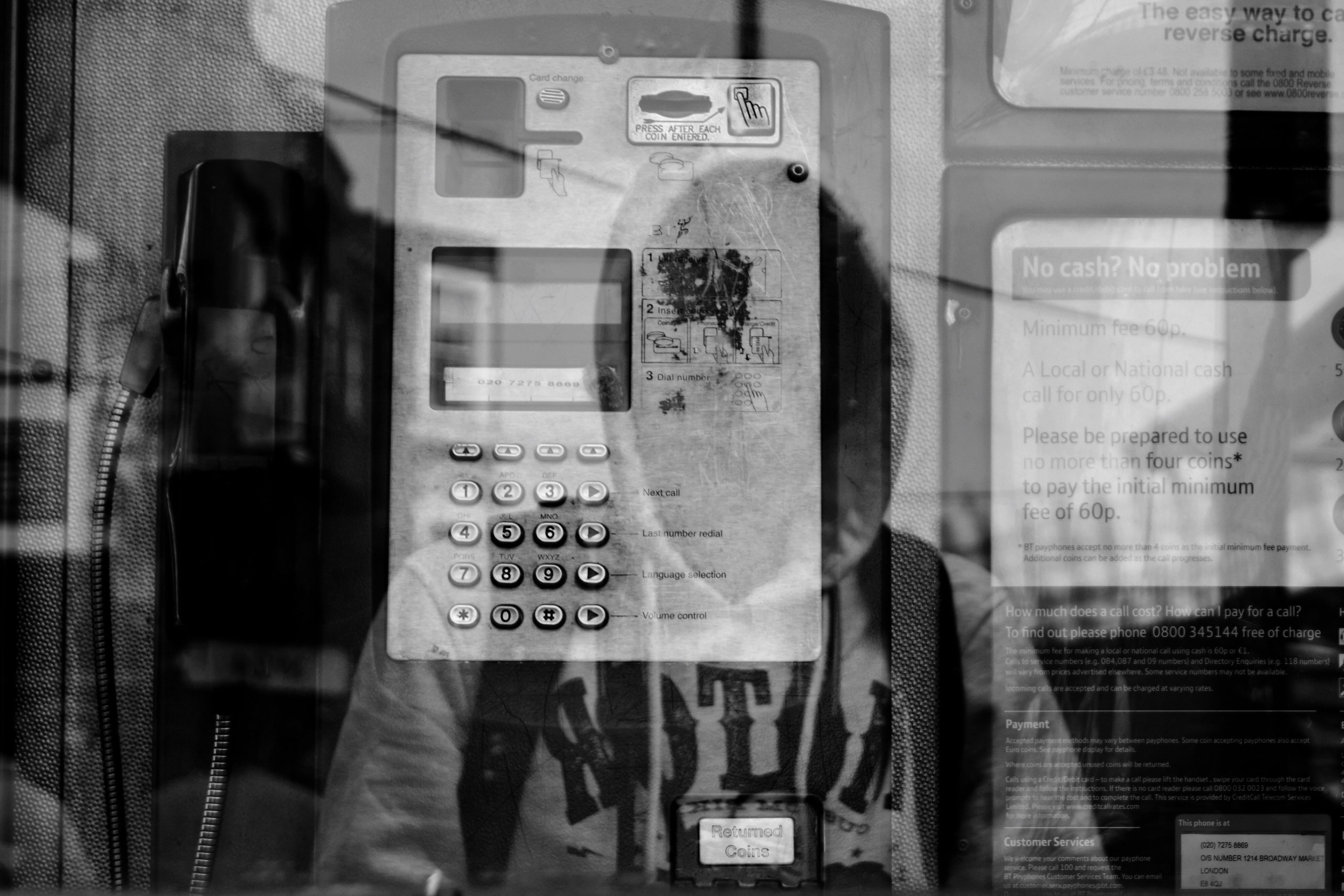What Should You do if You Get Injured at Work

What is the First Thing You Should Do?
Having an accident in any situation is scary and a little disorientating. However, when it happens, you need to think clearly and report it to your manager. If you need any medical attention, then in the first instance the first aider should be called and a paramedic if needed. If there are others there with you, ask them to take pictures of the incident on their cell phones including what caused the accident and pictures of your injury.
See Your Doctor
When you first suffer the injury, you will usually be sent to a doctor that has been hired by your employee. They will assess your condition and write a report to the employer. It is important to give the doctor all the information about the accident that caused the injury and any subsequent action taken by a hospital. Your employer should be made fully aware of the injury you suffered and also advised about your current condition. Your employer should give you a form to request benefit help. If they don’t provide one, your doctor or the hospital will also have them.
Seeking Help and Advice
If you think that your accident at work could have been prevented, or if you are unsure of the process, then you need to speak to a specialized lawyer. There is a personal injury attorney in San Diego and other states that can look at your case and decide what course of action needs to be taken. It is important to choose a lawyer that has experience in this type of case because they will be in a better position to advise you.
Gather Your Evidence
From the beginning, it is vital that you start to gather all of the evidence you can about the incident and the correspondence. Keep all your letters, medical reports and emails about your accident or your time off work so that your lawyer can see them. It also helps if your employer denies that something happened, or that an area wasn’t safe. It is also a good idea to keep the receipts of any medical procedures or drugs that you have been prescribed. It will help with finding a settlement figure later.
Many people successfully claim for compensations from their employer for an injury at work, and they have still employed them the same company afterwards. It is important that you know the procedure and who to seek help from at the time.

 Recently, it was reported that scientists may have found out a very plausible reason for the
Recently, it was reported that scientists may have found out a very plausible reason for the  In the new digital world where everything is shared and connected, there is a growing concern about information security and integrity of the data you keep. This includes both company records and client files. Treating security breaches has become increasingly difficult, and thanks to recent advances in technology, all of your sensitive data could be uploaded to a malicious party at once in a matter of minutes.
In the new digital world where everything is shared and connected, there is a growing concern about information security and integrity of the data you keep. This includes both company records and client files. Treating security breaches has become increasingly difficult, and thanks to recent advances in technology, all of your sensitive data could be uploaded to a malicious party at once in a matter of minutes. Identity theft is becoming an increasing concern for people, with major data breaches becoming a normal part of our daily news cycle. In fact, it is safe to say that your information is probably somewhere out in the void, just waiting for somebody to pick it up and start using it. This is not an exaggeration, this is just the unfortunate reality we have to deal with today.
Identity theft is becoming an increasing concern for people, with major data breaches becoming a normal part of our daily news cycle. In fact, it is safe to say that your information is probably somewhere out in the void, just waiting for somebody to pick it up and start using it. This is not an exaggeration, this is just the unfortunate reality we have to deal with today.